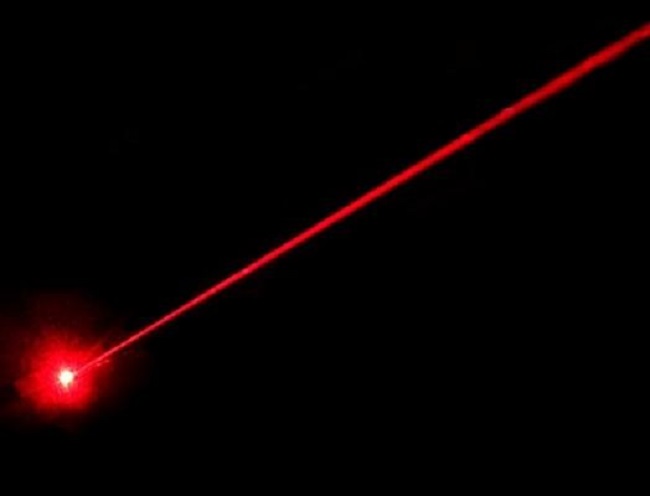Used in DVD players, eye surgery devices, sensors, defense technology, the fiber-optic communication that made the internet and television possible, lasers have become fairly ubiquitous, and the most common type of laser used today is the electricity-powered semiconductor diode.
It wasn’t until this year that a practical polariton laser was created. The polariton laser is much more energy efficient than the semiconductor diode, but previous models have only worked at temperatures far below zero. By fueling a polariton laser with electricity instead of light, University of Michigan researchers have created a polariton laser that works at room temperature.
Semiconductor diode lasers work by using organized photon emission to provide a steady stream of monochromatic light. Inside the laser, small particles of light, or photons, bounce back and forth between a pair of mirrors. Between the mirrors is a light-amplifying material known as a gain medium, which gains energy as the photons pass through it. This enables the photons to stay energized and continue passing back and forth between the two mirrors. One of these mirrors is half-silvered, which means that it reflects some photons back towards the other mirror and lets others escape. These energized escaped photons form the laser beam.

As early as 2003, scientists became intrigued by the possibility of making laser-like devices that could harness energy from polaritons rather than photons. Polaritons are a strange type of particle. Since they have characteristics of both light and matter, they cannot be classified as either, and so are in their own unique category. Since they are half light, they have the potential to produce the same type of organized light as the photons used in semiconductor diodes, and the half-matter nature allows for them to produce this light without the gain medium used by semiconductor diodes.
These devices are generally called polariton lasers, but they are not actually lasers. Laser stands for Light Amplification by Stimulated Emission of Radiation, and polariton lasers are actually created through the dynamic condensation of polaritons.
Although it was created without any specific use in mind, there are already many possibilities for this new laser that requires 1,000 times less energy than a traditional semiconductor diode. For example, it could help create smaller and more powerful electronics by replacing wire connections on computer circuits, and could be used in many medical treatments and devices. The researchers are very excited to look into additional possibilities for their laser. It shouldn’t be hard for them to find uses for it because, as Thomas Frost, a doctoral student in computer and electrical engineering said, “this is the first really practical polariton laser that could be used on a chip for real applications.”
Story via umich.edu
Advertisement
Learn more about Electronic Products Magazine






